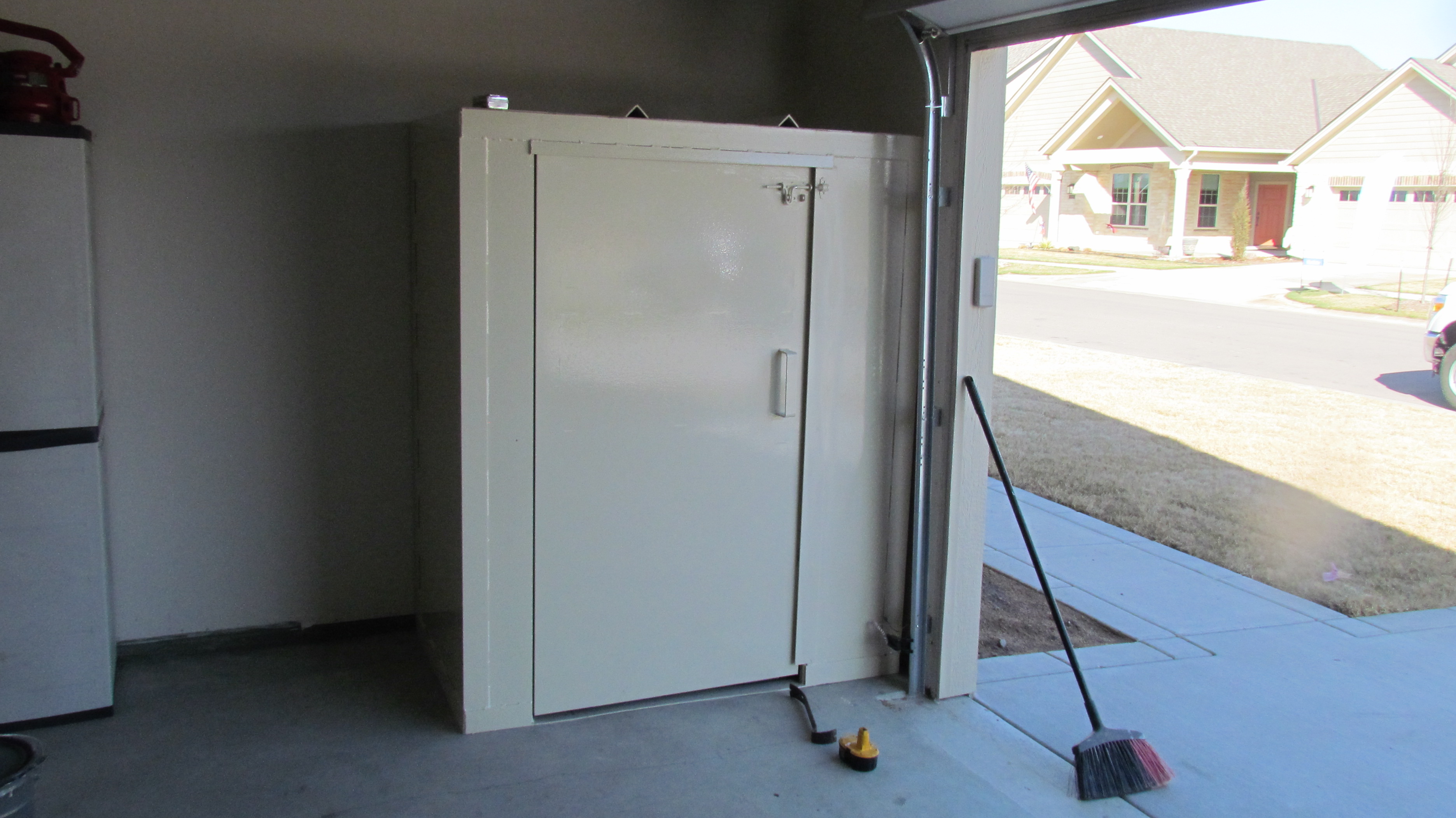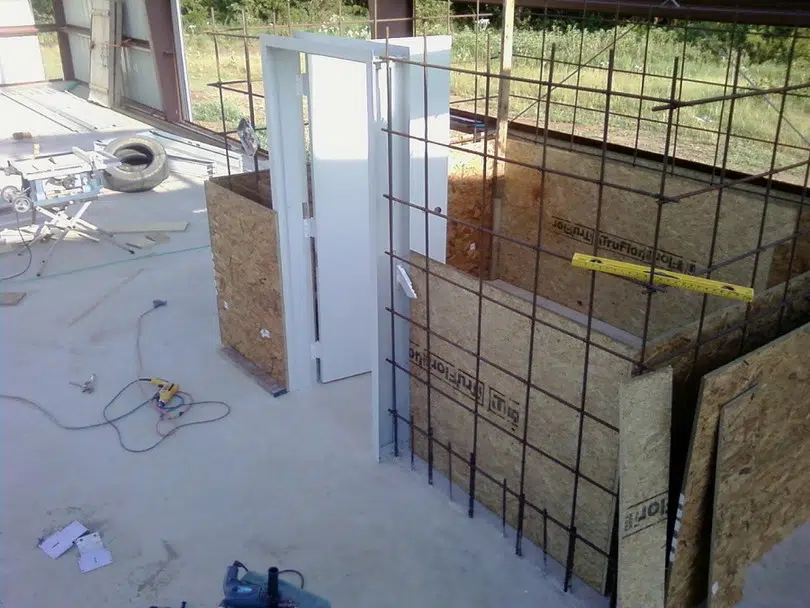
#Concrete saferoom costs how to
If the basement doesn’t have any rooms and you want to build a safe room, it’s not terribly difficult to put up a wood frame, maybe use some concrete board with concrete block, or you could even learn how to put up a few more concrete walls with reinforced concrete. The floor is almost always a concrete slab, at least in new construction, an older existing home may be different. Pillows and blankets (it may get cold, and you don’t want to lay on a concrete floor).Cell phone and other communication devices such an an emergency radio.Store nonperishable food items (don’t forget a can opener).Composting toilet (or any means to deal with human waste).Below is a list of items that should be a part of a home emergency kit: What you put in the safe room/ panic room is up to you and what you think you will need or want. Now its time to put supplies into the safe room. You know what you want it to protect you from, its size, where you want it, and what materials you want it built from.

What Should Be In A Safe Room?Īt this point, you have everything about your safe room figured out. Don’t forget plumbing if you are wanting a fresh water supply or the means to handle sanitation issues. The room may also require a source of power if you want lighting, a camera system, security monitors, communications, temperature regulation, air filters, etc. Points of entry need to be carefully considered, because a door is not just a door:

A safe room will most likely only have one way in and out, but it could have two. However, if the same room has a concrete slab (or is attached to the home’s foundation), exterior walls made from steel sheeting or concrete, reinforced concrete, concrete blocks, steel sheathing, and/or metal doors, then the room will provide a higher level of personal protection.ĭoors are another part that need to be chosen carefully. When done right, construction materials are going to be expensive, but inferior materials won’t be as good at protecting you from things like severe weather or a home invasion.ĭry wall, for example will provide minimum protection from flying debris or even a person who is determined to get through it. Even a regular room located on the first floor or basement will be vulnerable to breaching by high winds, flying debris and the weight of rubble or falling debris, should the structure collapse.īuilding materials are going to play a huge role in the safe room’s ability to protect people.

Think back to the previous example of a safe room located on the second floor of a home in Tornado Alley. How strong a room is comes back, in part, to its location. To get the most out of a safe room you should be thinking about two main characteristics: Putting a bunch of supplies into a room and calling it a safe room is about the easiest route you can take, but it may not keep you very safe. This reduces the risk of you not being able to get to the safe room when a dangerous situation occurs. Ideally, a home or a structure with more than one level would have a safe room on each level. This also applies to multilevel structures. At first, you may be thinking why would I need more than one? Well, if you live or work in a particularly large structure, having multiple safe rooms will increase your chances of getting to safety in a timely manner. Part of choosing the location will be determining if the safe room will be brand new construction that is added on to an existing structure, or if you will be converting an existing room or space, which means it will be a part of your existing home construction plans.Īnother consideration is how many safe rooms do you want? This may seem like an odd question. Is the safe room just for you, your family members, or a group of people? Knowing the answer to this question is important for two reasons: A safe room will certainly provide protection against a variety of threats as a byproduct of its design, but you need to start with what its primary purpose is.ĭo you want to be protected from high winds, flooding, fire, contaminated air, earthquakes, biohazards, radiation, home invasion, etc.? Once you have answered this question, you can move on to the next question that needs to be answered. I think the key takeaway from FEMA’s definition of a safe room is that it is a room or structure specifically designed to provide protection from a certain threat. I’m sure there is a design out there that protects against a wide range of threats, but I’m also sure there is a chink it is armor, and it probably costs a ton of money.

I think many people have this idea that a safe room will protect them from anything and everything. Now, that we know what a safe room is, the first question that you need to answer is: “What do I need protection from?”


 0 kommentar(er)
0 kommentar(er)
